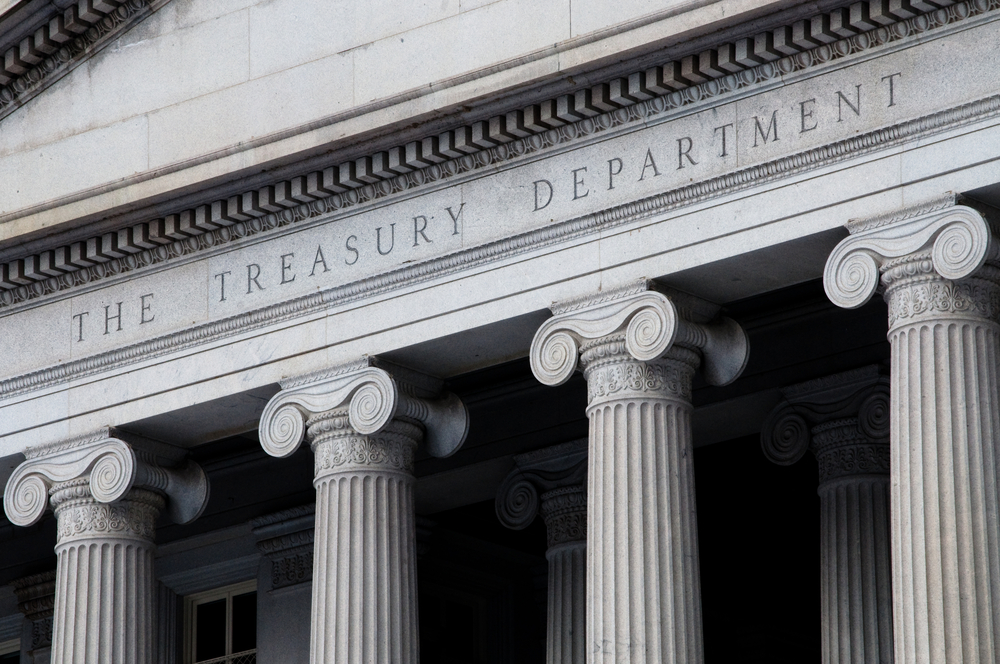Economy
Treasury To Borrow $3 Trillion in Q2, Nearly Quintuple Previous Record

The Treasury Department announced it plans to borrow $3 trillion in the second quarter. They plan to use this to help pay for the various stimulus packages that have been enacted. The said packages aim to fight the economic fallout from the coronavirus pandemic.
That’s more than double what the Treasury borrowed in all of 2019. It is also five times larger than the previous single-quarter record. The year 2008 saw this record set in the depths of the financial crisis.
The Treasury also announced it will borrow $677 billion in Q3, bringing the full fiscal year total borrowing to an estimated $4.5 trillion. For comparison, it borrowed $477 billion in Q1 2020.
However, with the widespread expectations of additional stimulus or aid packages to fight the economic downturn, this amount will very likely balloon to even greater amounts in the coming months.
Borrowing Cash for Stimulus
Nancy Vanden Houten, an economist at Oxford Economics, said Monday, “Borrowing needs are skyrocketing as Treasury needs cash to fund stimulus measures and to compensate for a plunge in revenues caused by massive job losses.”
“Even before the pandemic there was going to be some increased funding needs going forward. But now all things are out the window,” said Mike Lorizio, senior fixed income trader at Manulife Investment Management.
The Treasury’s official statement reads: “The increase in privately-held net marketable borrowing is primarily driven by the impact of the COVID-19 outbreak, including expenditures from new legislation to assist individuals and businesses, changes to tax receipts including the deferral of individual and business taxes from April – June until July, and an increase in the assumed end-of-June Treasury cash balance.”
The Treasury is also acting as a backstop for the Federal Reserve. They issued guarantees for programs that are providing another $2.2 trillion in funding to businesses and households.
The offshoot of these aid packages is a stunning increase in our national debt. This increase happened in a very short period of time.
Increase in National Debt
Since March 1, the national debt has grown by $1.5 trillion to $24.9 trillion, a 6.4% increase. The budget deficit through the first six months of the fiscal year that ended in March was $744 billion. It is easily on pace to be the biggest deficit in U.S. history.
In mid-April the Committee for a Responsible Federal Budget projected that the budget shortfall will nearly quadruple to $3.8 trillion from $984 billion this year. The group added that the only other period in US history with a similar deficit-to-GDP ratio was while our country was heavily involved in World War II.
Fortunately for Treasury, it’s cheap to borrow money right now. Interest rates are effectively zero and will likely remain so for quite some time. It will continue as the economy tries to rebound from economic and job losses brought on by the coronavirus.
If and when rates move higher, it will become increasingly difficult to afford the interest payments on the debt. It will be even harder to find enough revenue to pay down the debt.
A report from Jefferies said, “At this point, Treasury needs to find every available avenue to raise as much cash as efficiently as possible.”
Up Next















